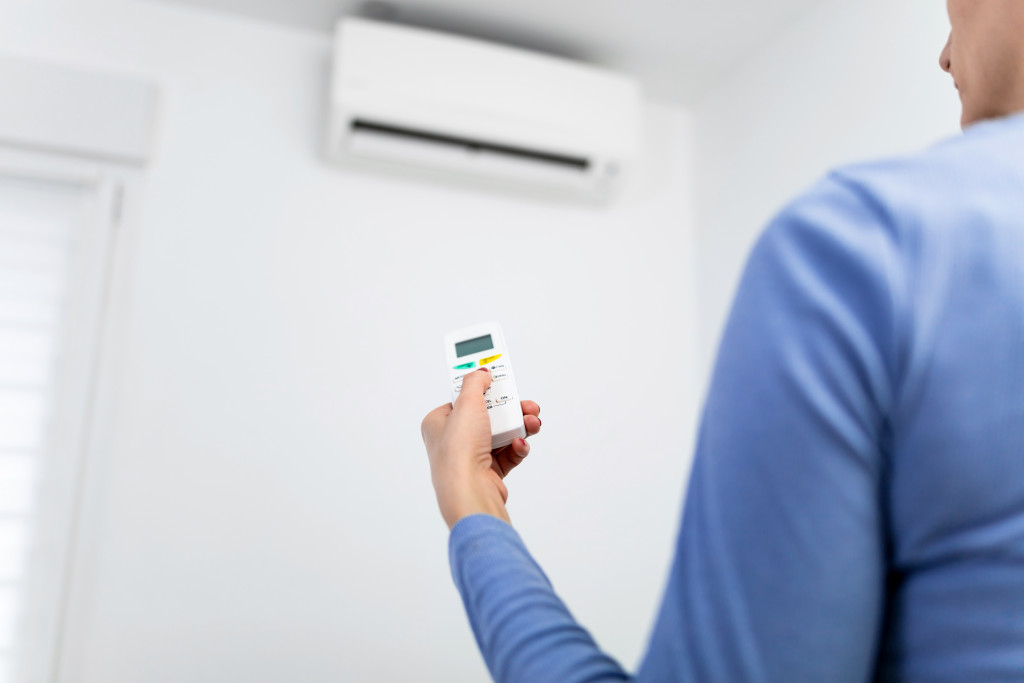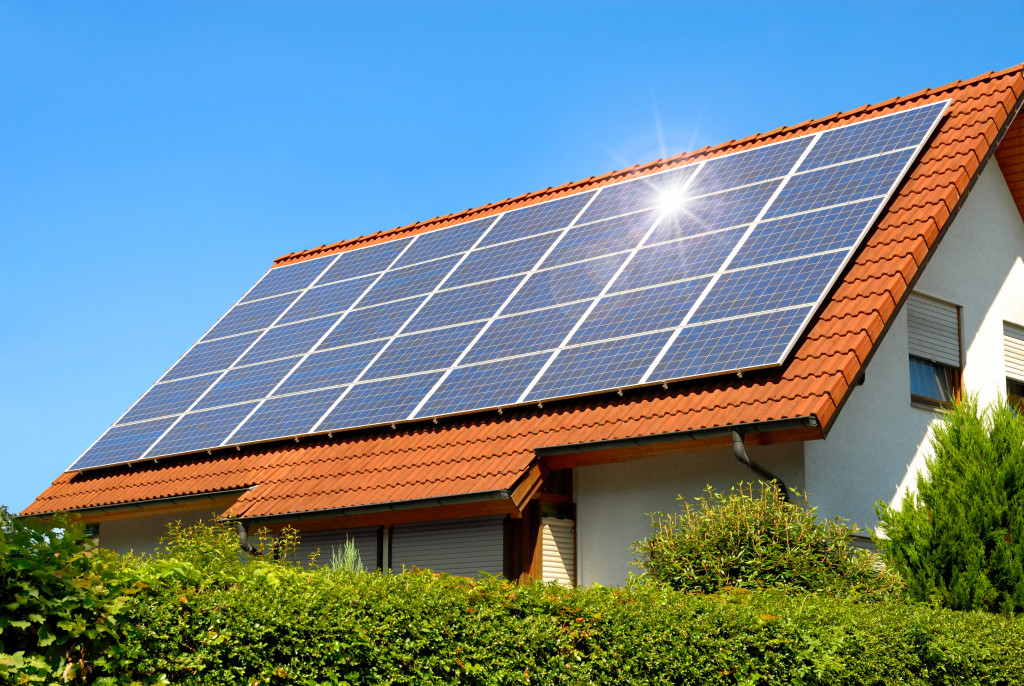- Green technology in architecture reduces environmental impacts, focusing on energy-efficient and sustainable buildings.
- Incorporating green tech reduces carbon emissions, lowers energy costs, and improves occupants’ health and well-being.
- Residential spaces use green technology through solar panels and energy-efficient heating and cooling systems.
- Commercial spaces use energy-efficient lighting, HVAC systems, smart technology, and green roofs.
Are you looking to make a difference in the world by reducing your carbon footprint? You’re not alone. As the world becomes more aware of the environmental impact of people’s actions, green technology innovations are sprouting up across industries.
In the architecture and construction industry, green technology is becoming increasingly popular in both residential and commercial spaces. Here are things you need to know about this emerging trend.
What is Green Technology?
Green technology is a term that refers to any process, product, or service that reduces negative impacts on the environment. In the architecture and construction industry, green technology focuses on creating more energy-efficient and sustainable buildings. This can include things like solar panels, efficient heating and cooling systems, and the use of renewable and recycled materials.
Why is Green Technology Important?
The use of green technology in buildings has a wide range of benefits. For one, it helps reduce carbon emissions, which can have a positive impact on climate change. It can also help reduce energy costs for building owners and operators, making it a more cost-effective option in the long run. Green technology can also improve the health and well-being of individuals who occupy these buildings, as it often includes better ventilation and natural lighting.
How is Green Technology Being Implemented in Residential Spaces?

One of the most common ways green technology is being used in residential spaces is through the installation of solar panels. These panels collect energy from the sun and convert it into usable energy for the home. Energy-efficient heating and cooling systems are also becoming more popular in residential buildings, with options like geothermal systems and heat pumps.
How is Green Technology Being Implemented in Commercial Spaces?
Commercial buildings are also seeing an increase in the use of green technology. This can include things like energy-efficient lighting and HVAC systems and the implementation of smart building technology. Some companies are also utilizing green roofs, which are roofs covered in vegetation that help reduce the amount of heat absorbed by the building.
How Can You Incorporate Green Technology in Your Space?
If you’re looking to incorporate green technology in your residential or commercial space, there are a few things you can do. Here are a few key steps you need to follow:
Conduct an energy audit.
Conducting an energy audit can help you identify areas where you can make your space more efficient. Conducting an energy audit may even be a requirement depending on where you live.
For example, if you’re based in the UK, you’ll need to acquire an energy performance certificate. This can be done with the help of a qualified energy assessor who will conduct an audit that looks at the energy efficiency of your building. They’ll assess factors such as your heating, lighting, insulation, and more.
Research local incentives.
Many government agencies offer financial incentives to those who are looking to implement green technology. These can include things like tax credits and rebates. Doing your research on these various incentives will help you make the most of your green technology investments.
Choose green materials.

When selecting materials for your construction projects, look for products with a low carbon footprint or those made from recycled materials. This will help reduce the environmental impact of your building and create a healthier indoor environment.
Invest in energy-efficient products.
Investing in energy-efficient appliances, lighting systems, and heating and cooling systems can help you reduce your environmental footprint while also reducing your energy costs. You can also look for products with the Energy Star label, which indicates a product has been certified as energy-efficient.
By taking active steps to incorporate green technology into your space, you can help reduce your environmental impact and make a positive difference in the world.
Integrating green technology in both residential and commercial spaces is an environmentally responsible decision and a financially sound one. From solar panels and energy-efficient systems to using sustainable materials, these innovative solutions offer a practical way to reduce our carbon footprint and play our part in curbing climate change.
The initial investment might seem substantial, but the long-term benefits to the environment and energy bills are significant. So, whether you’re planning a new construction project or renovating an existing space, consider incorporating green technology and reap the benefits of living or working in a healthier, more sustainable environment.

